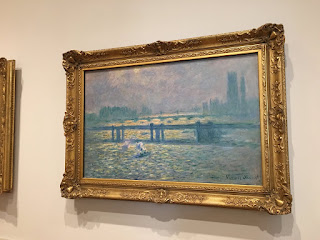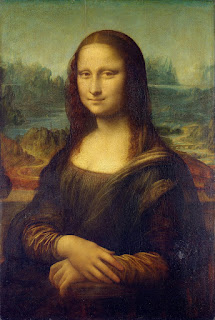BMA Works

Claude Monet Waterloo Bridge, Sunlight Effect with Smoke Composition: · Leading lines · Radiating lines · L lines · Rule of Thirds I like this piece because it reminds me of home. I can relate to it because I’ve been to New York City multiple times and have seen some of these structures, such as the Empire State building. I enjoy visuals of buildings and architecture as well. I think the meaning of this piece is to show a simple and calmer side of NCY instead of capturing the cars and people that makes NYC. There are also many lines in this piece, which represent one-dimensional properties. Alfred Sisley Populars on a River Bank” Composition · L shape · Leading lines · Radiating lines I liked this wor...
